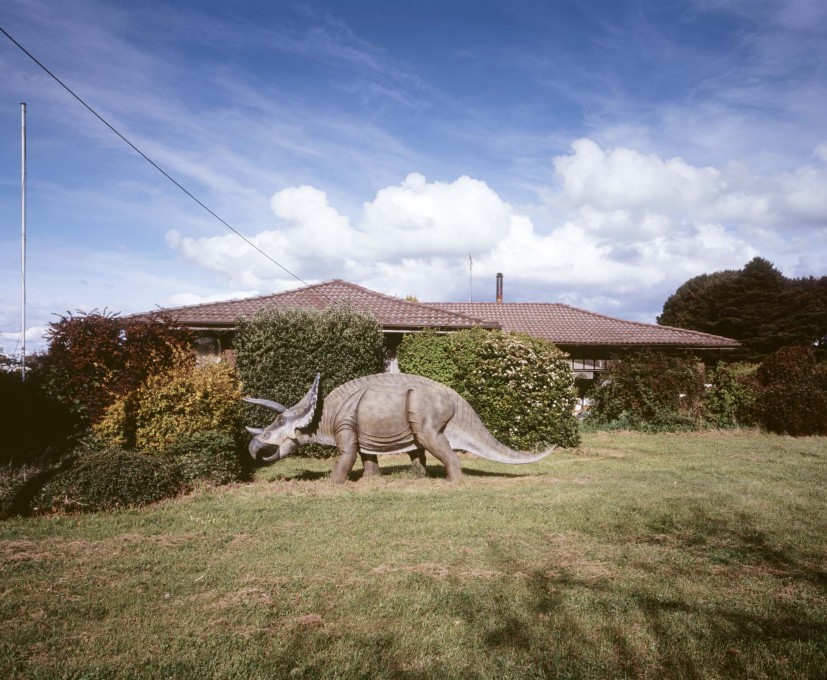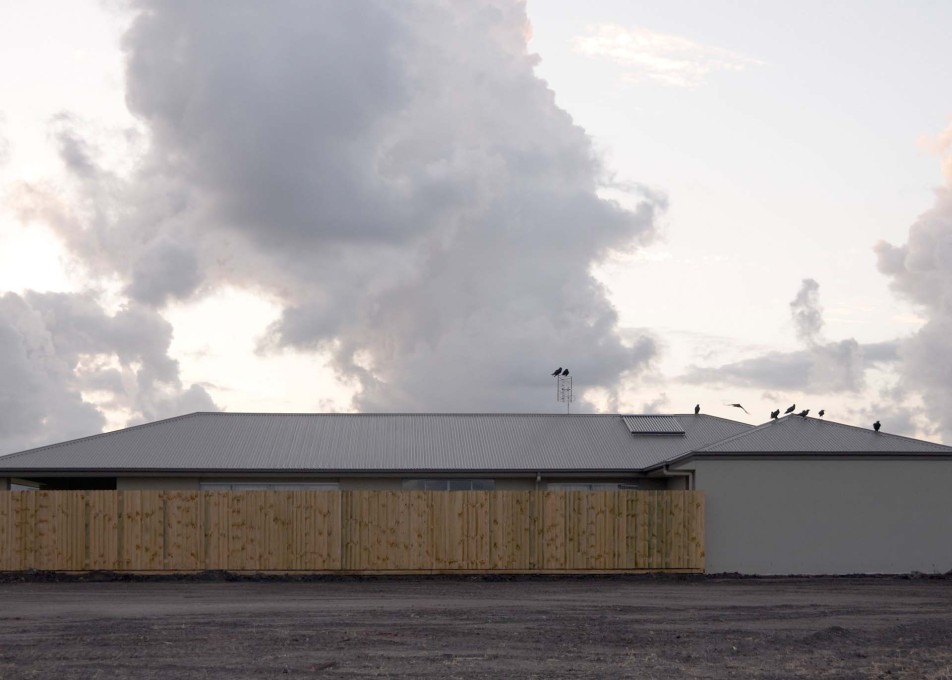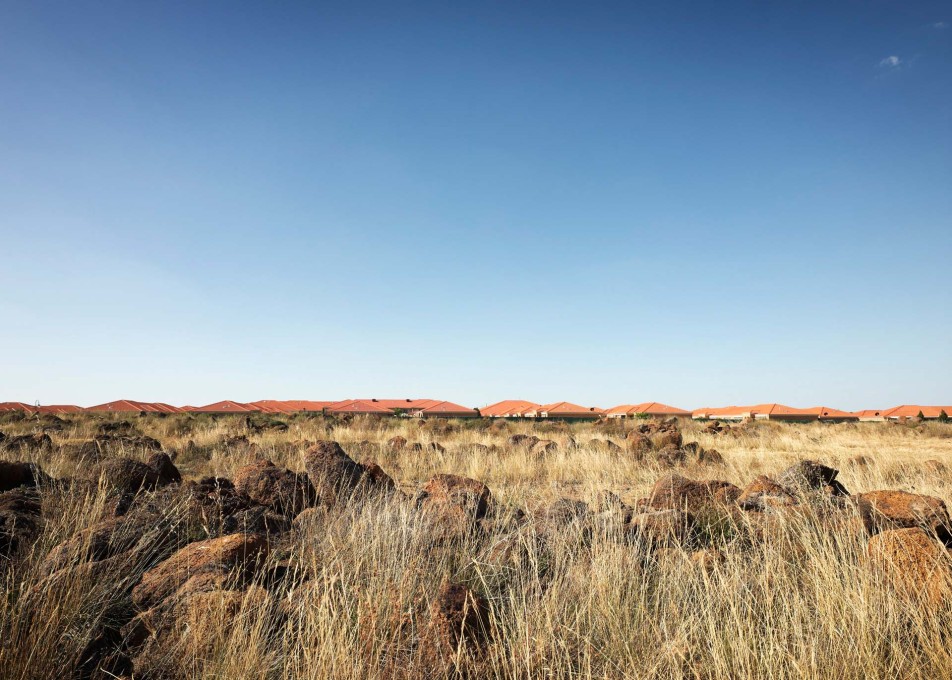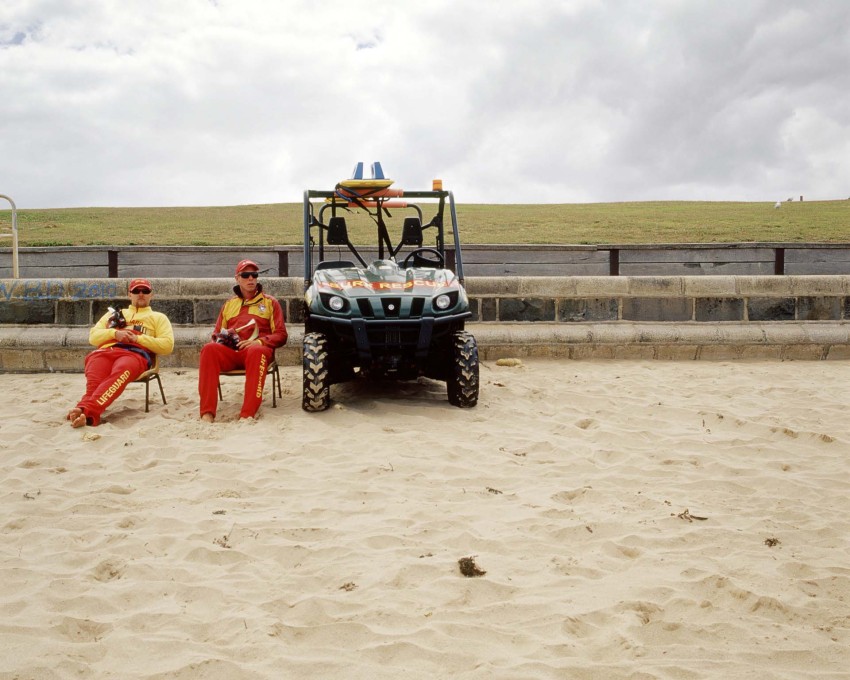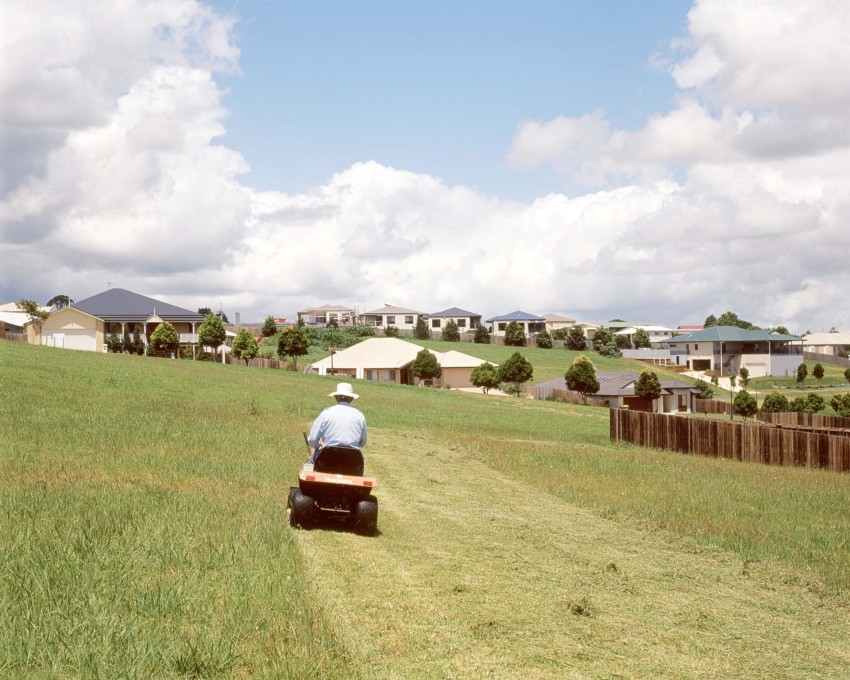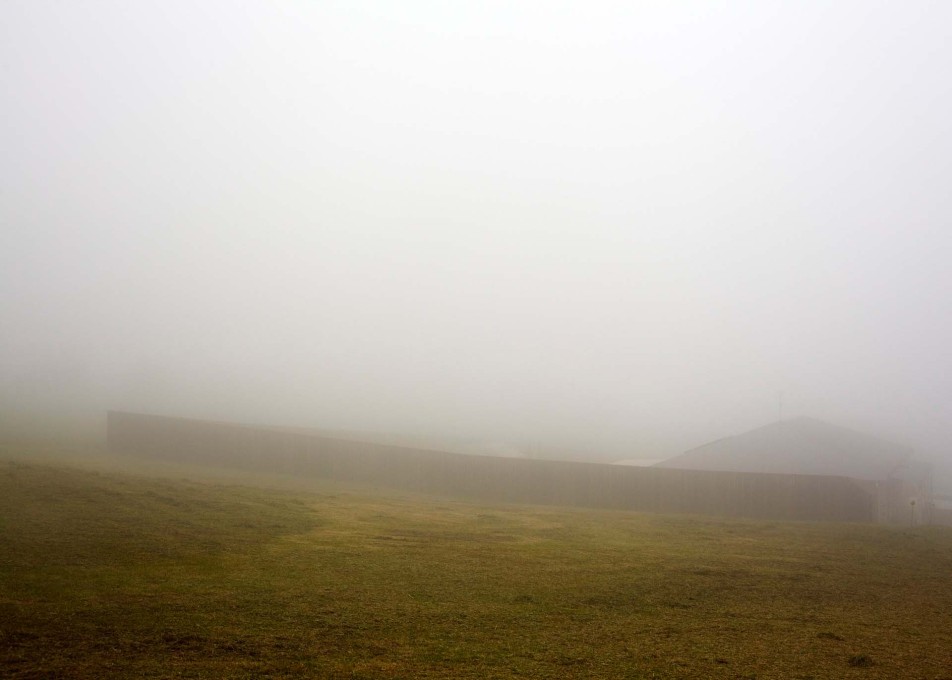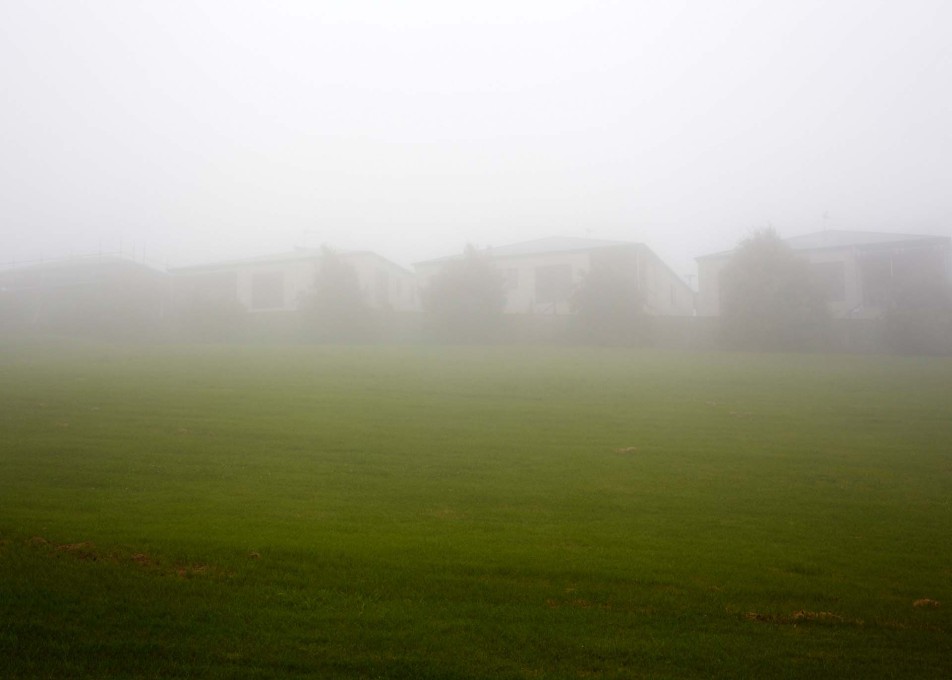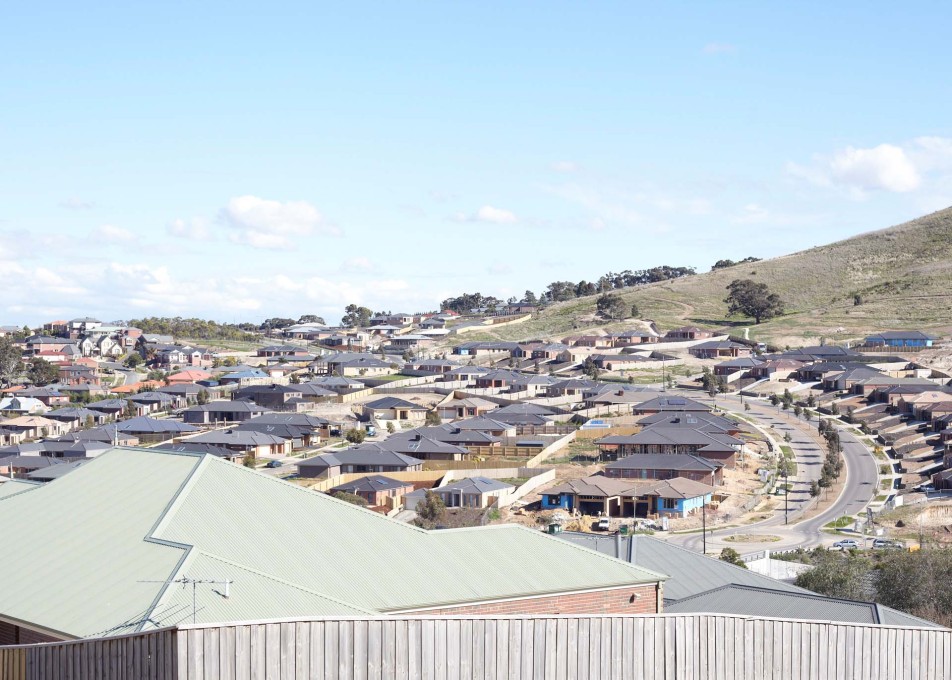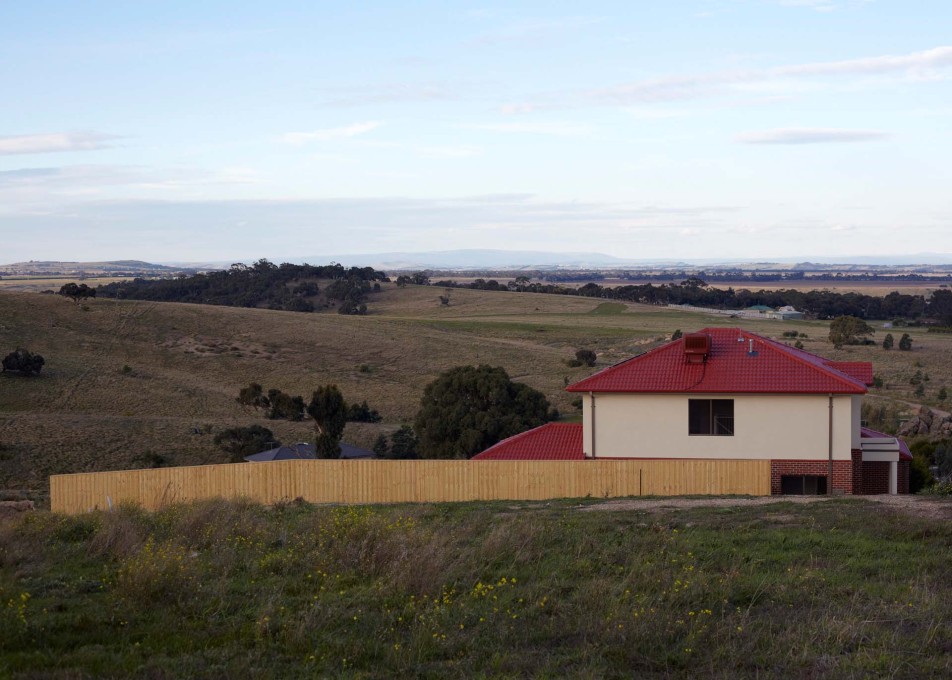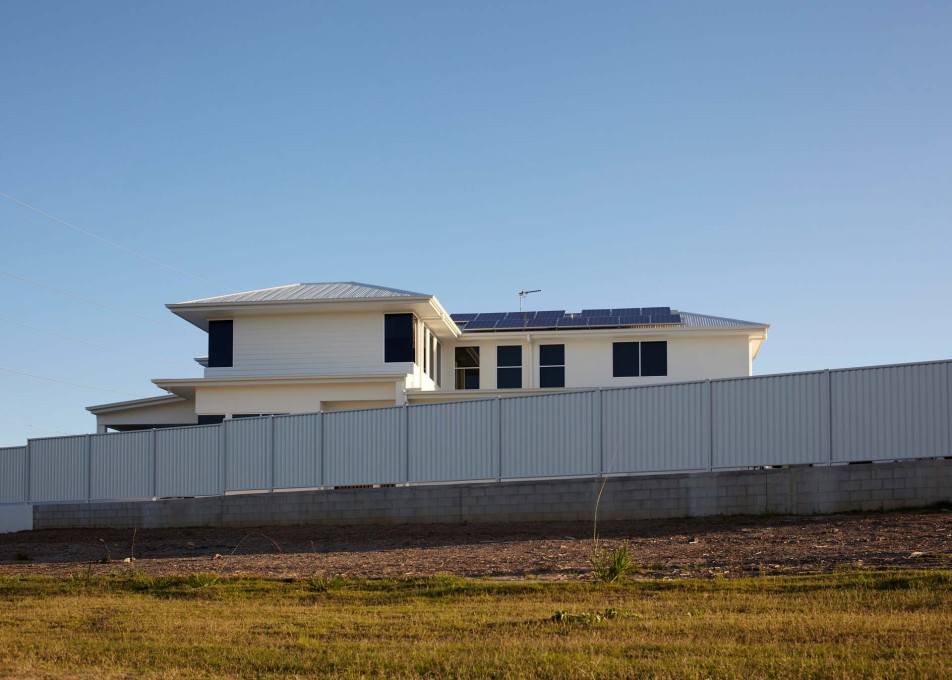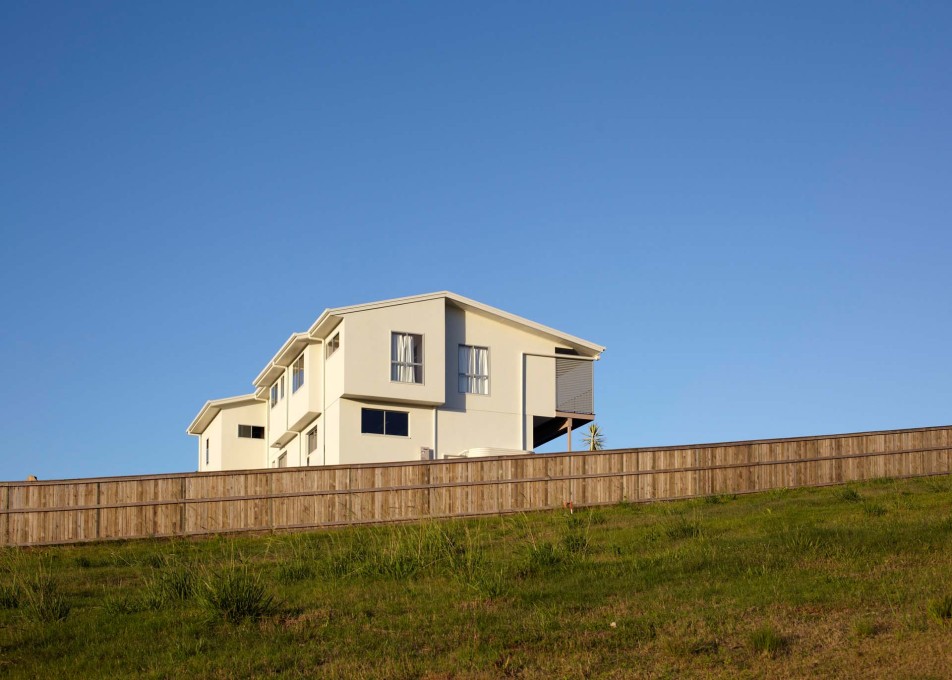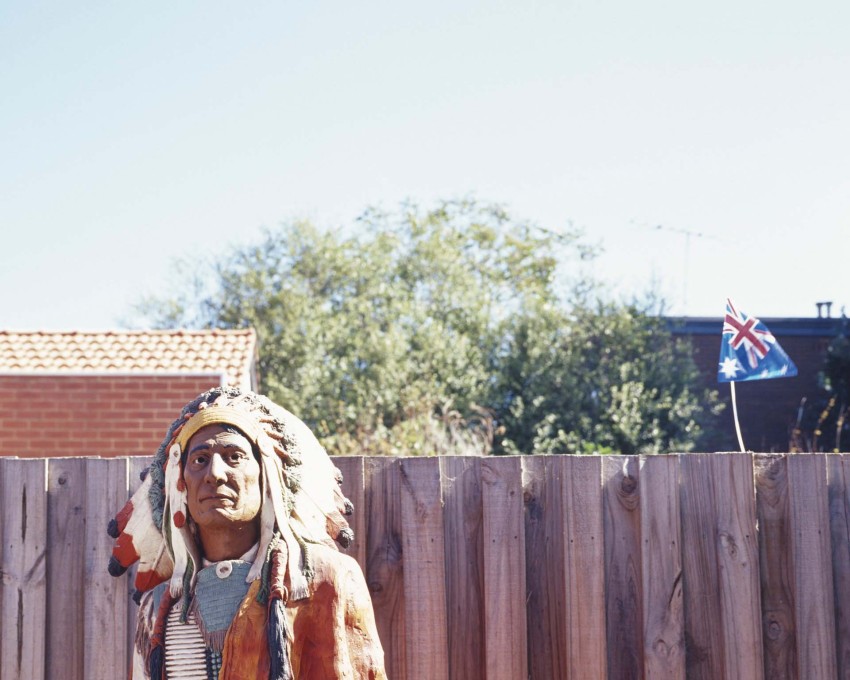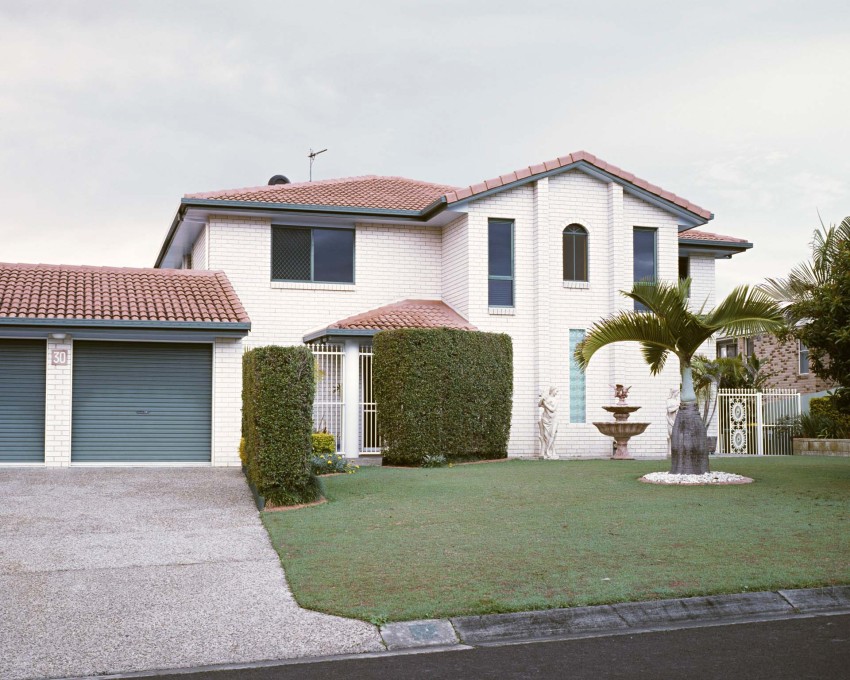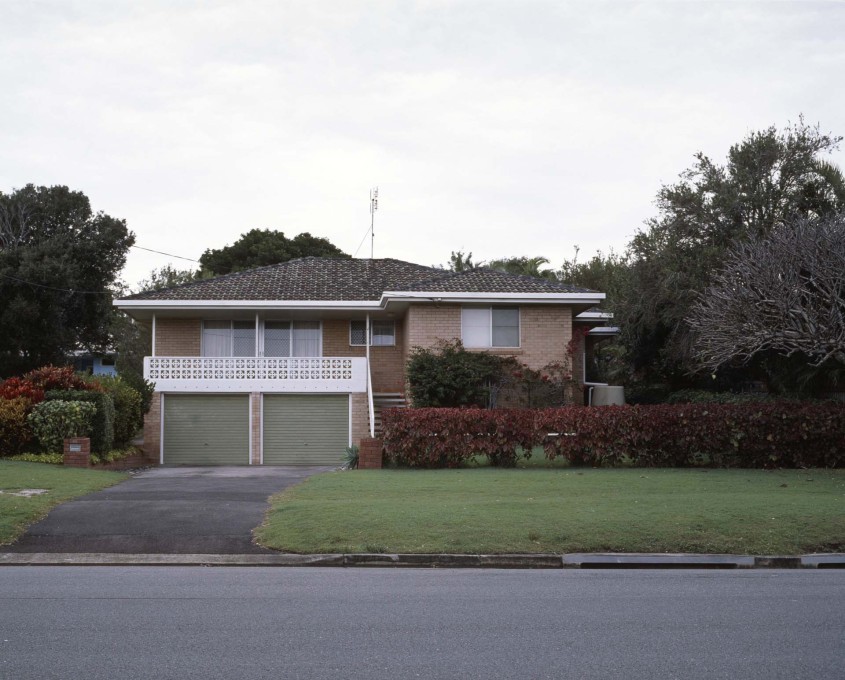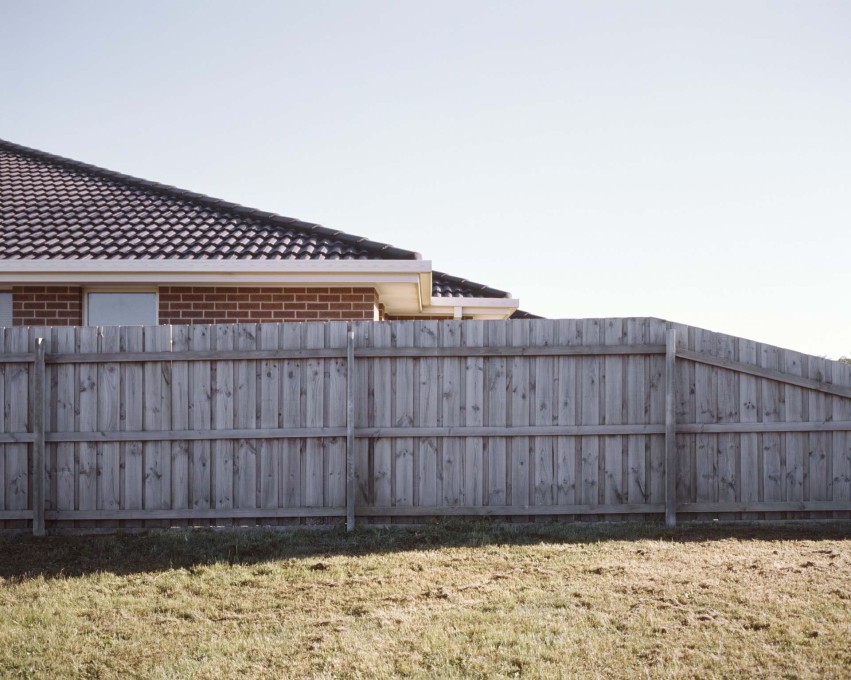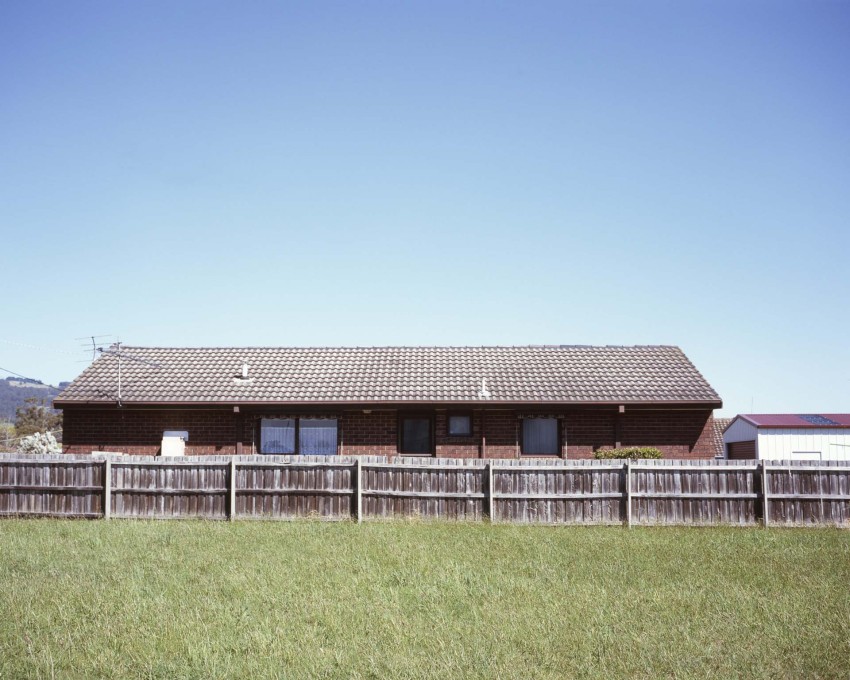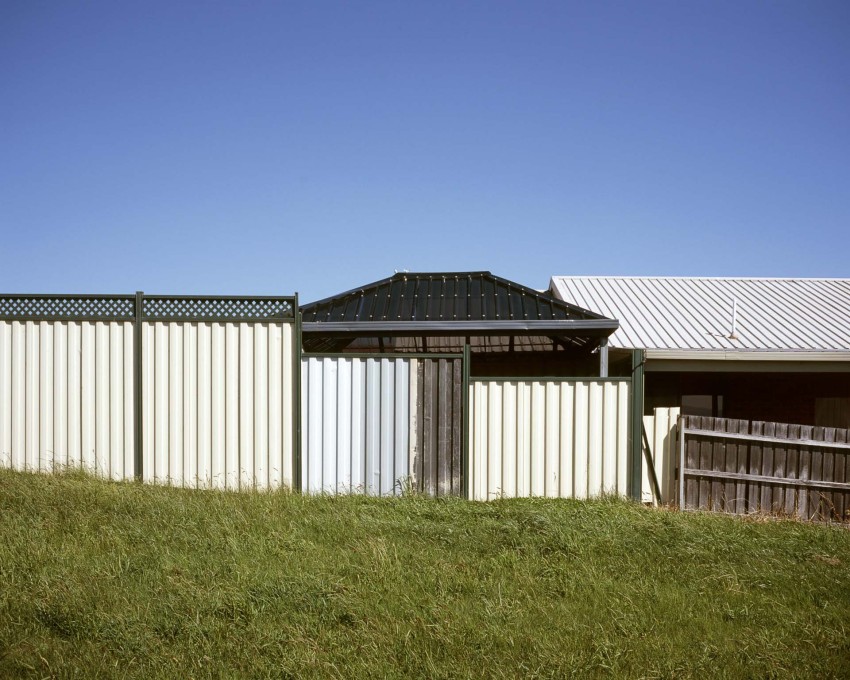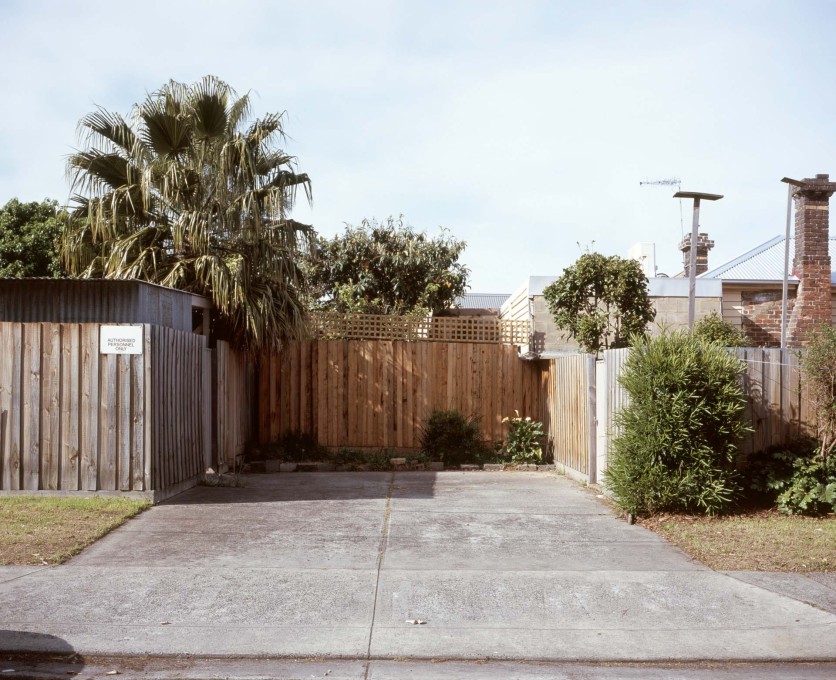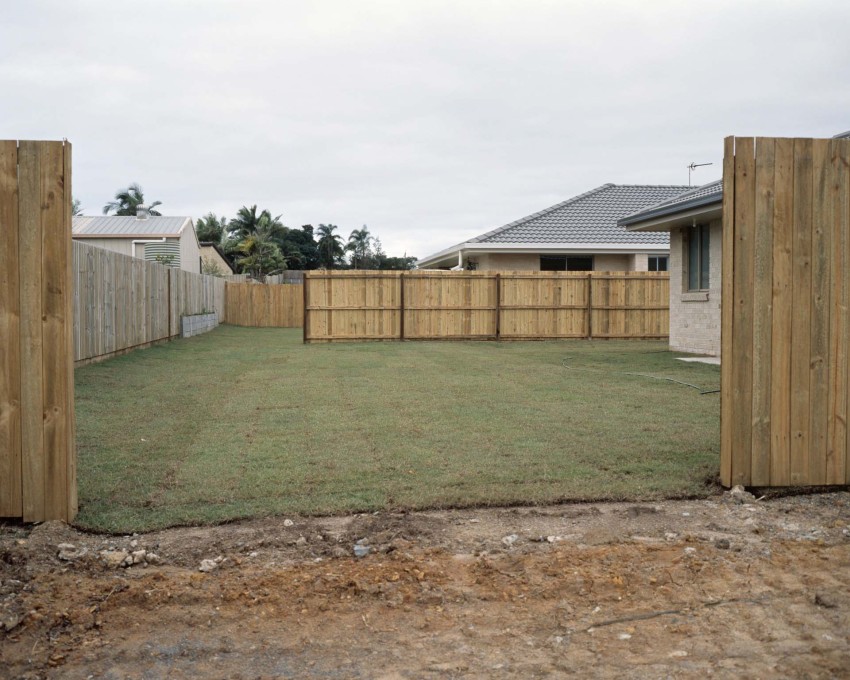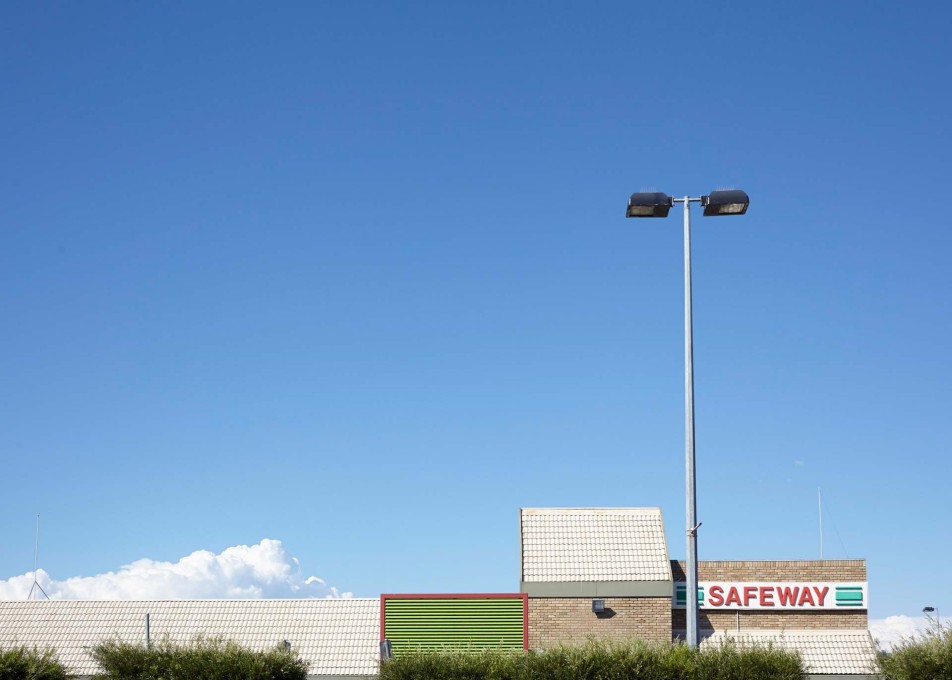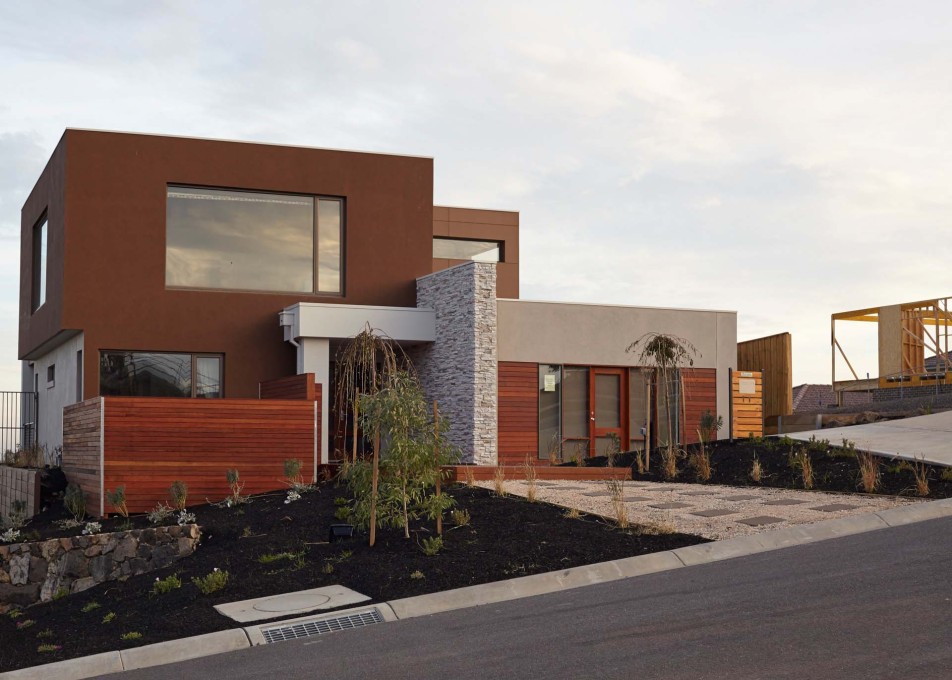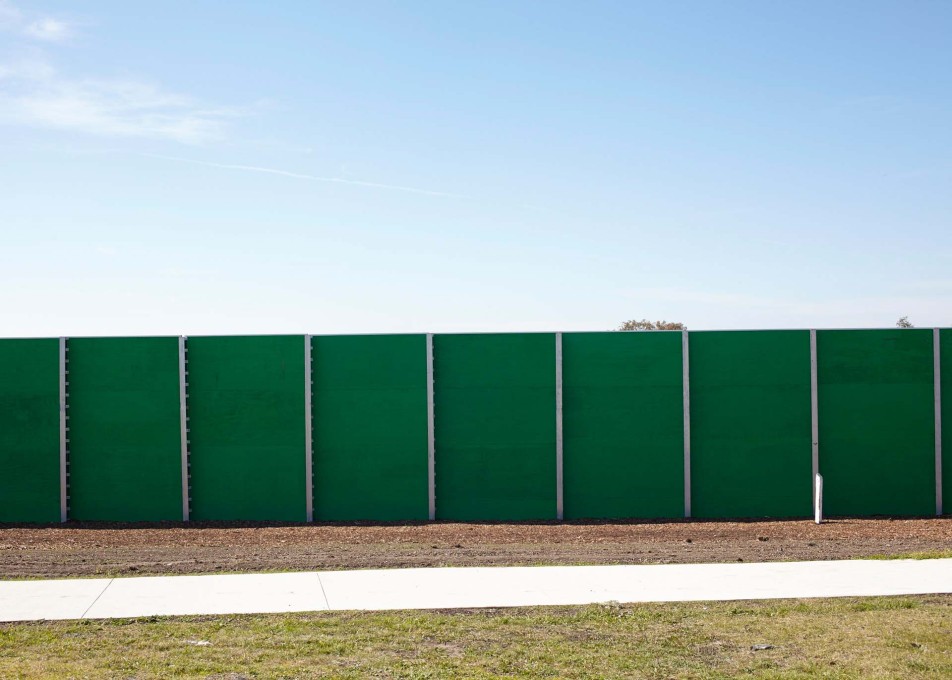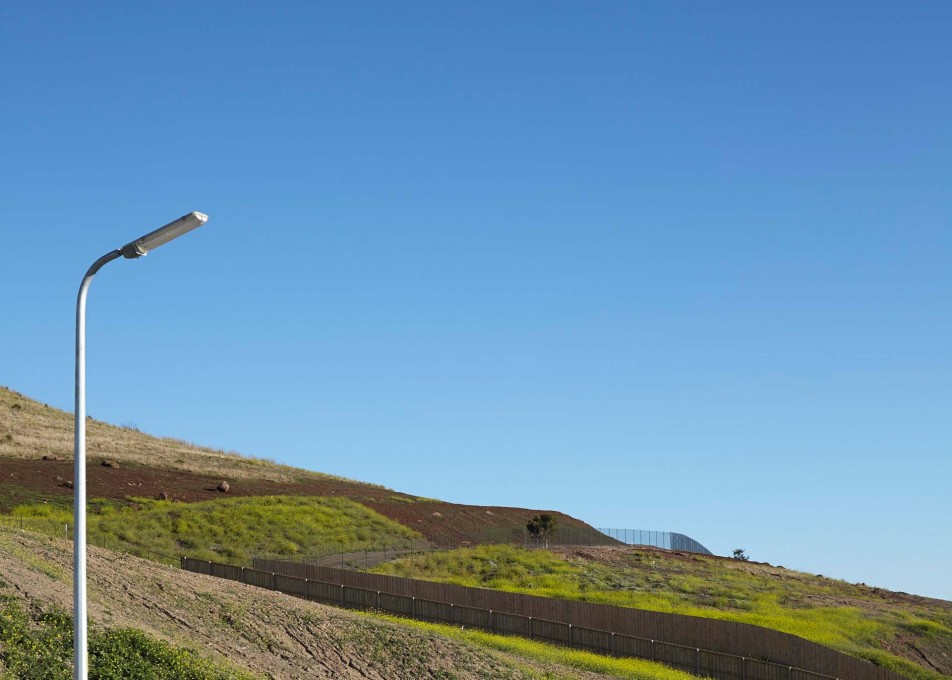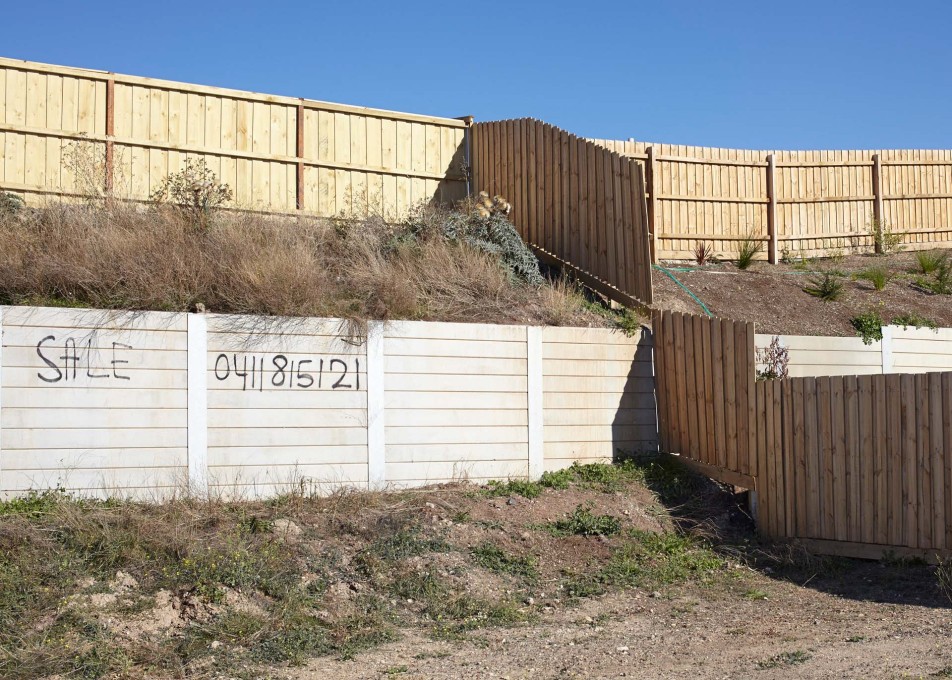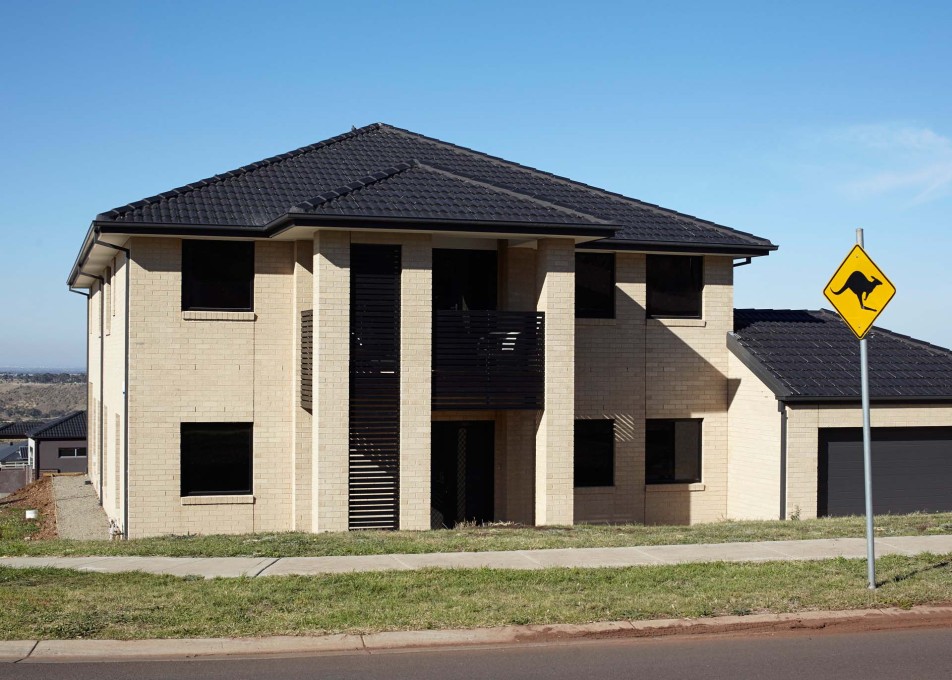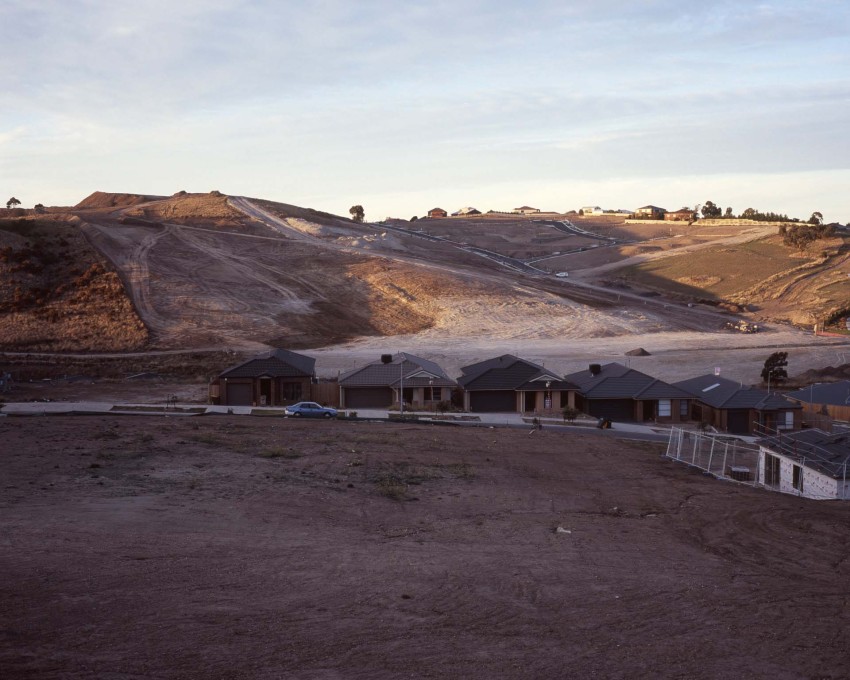As part of our Australia issue, the photographer Nils Koenning allowed uncube a sneak preview of his Austraphobia image series documenting the sprawling suburban archetype of his adopted homeland. Sophie Lovell talked to him about place, atmosphere and circumstance.
You were originally born in Bochum, Germany, and studied architecture and visual communication there too – I suppose the first question is: what led you to the other side of the world to pursue your career?
Having worked in the architecture industry in Germany throughout my masters and diploma studies, I became disillusioned by the impact of financial decisions on the design process of small- to medium-sized architecture commissions. A general Geiz ist Geil (cheap is awesome) mentality seemed to have a hold on German society, eradicating much of the thoughtful design intent in projects I was involved with.
Half of my family migrated to Australia in the 1990s and I was already visiting at least once a year, so spending more time on that side of the world seemed like a logical step at the time. I have been taking photographs since 2002 and the conscious decision to move into photography came soon after I moved to Australia late in 2009. I started working with one of the best architectural photographers in Melbourne and took a job at the University of Melbourne, teaching in the undergraduate programme of the Faculty for Architecture Building and Planning.
Would you say your work and approach differ when in Australia to when you are in Europe?
No, my approach is not generally dependant on place, but on environmental circumstances. My practice involves two quite different approaches: the architectural photography and projects with a critical, artistic, often documentary-like focus. One is traditionally more detached and distant, the other closer and more intimate.
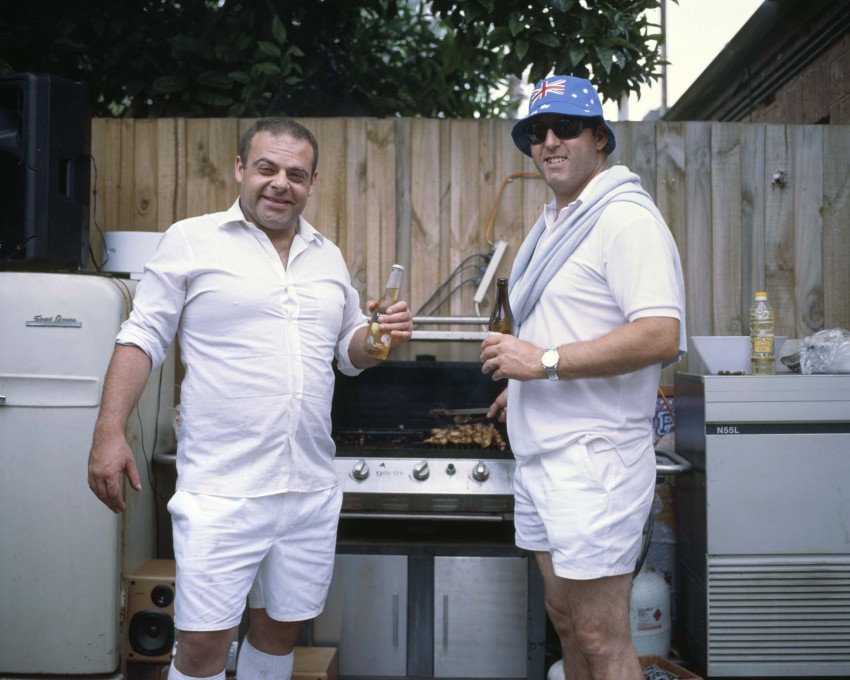
Australia is by and large not a “dense” place. Germany, by comparison, seems massively overcrowded. How big a role does the expanse of open landscape and the low-slung sprawl of housing play in how you go about shooting your subjects there – isn’t there a danger of everything just ending up looking flat?
In terms of population versus space there is a definite difference in spatial scale when you compare the two countries. Australia has about ten times the physical space of Germany, yet only about a fifth of Germany’s population.
But there is another sort of density coming from the land itself in Australia and its people. The incredible intensity of natural light accentuates colours and contrasts and can be both beautiful and destructive. It is an old land. Non-Indigenous people have only occupied Australia for around two hundred years. Everyone who isn’t indigenous is really a migrant here, so there is a remarkable density in terms of different cultural backgrounds and ethnicities.
I try to harness these conditions to tell stories about architecture, environment and people, often with an experiential focus. My pictures regularly embody layers of contextual nature – if the right things happen, a single image is capable of telling the story of place, atmosphere and circumstance.
Photography, as a technically mediated art form, is affected by a whole range of parameters. What would you say is the essence of your approach to your architectural subjects?
Historically architectural photography has connotations of distance influenced by time and proportion, and in my eyes this often generates surreal images of idealised precedents, showing architecture as a stylised object free of context and intent. This can lead to architecture becoming replaceable – disjointed from the real. I try to extract the essence and atmosphere of a place and architecture by integrating the context, often taking a step back to let things unfold over a period of time.
Whilst researching our Australia issue we were particularly struck by your suburban images, a selection of which you have kindly allowed us to feature here – are these part of a long-term ongoing project for a particular purpose?
Photography can change the way we see and think about things. One of the conditions that has fascinated me since I started exploring photography as a medium of artistic expression and (within certain limitations) as a documentary tool, is that of the suburbs and the extreme suburbanisation of Australia’s urban and even rural areas.
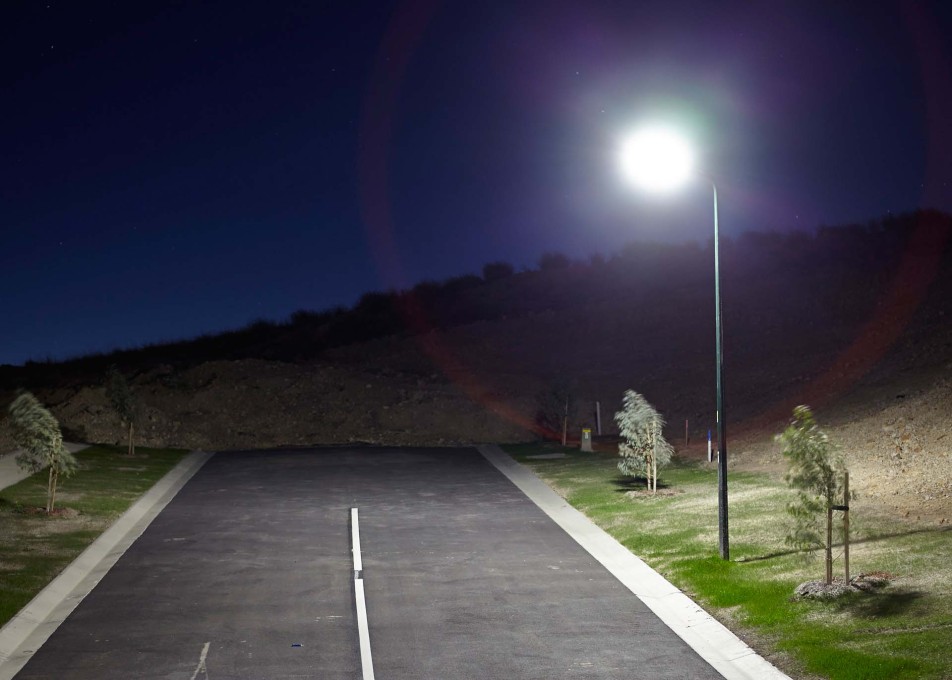
Reading Robin Boyd’s infamous book “The Australian Ugliness”, written in 1960, I immediately realised that there was a link between some of my work and his understanding and interpretation of Australian society.
Some of the images included here belong to my ongoing body of work Austraphobia (started in 2010), which explores the fear of the Australian wilderness, the affection towards features and surface and, ultimately, the prospect of Australian identities. The aim of the project is both a personal quest to try and understand certain notions of Australian society and an attempt to encourage a dialogue around the circumstances and consequences of these perceptions, which remain prominent within the society here.
It is striking that your suburban images are largely empty of human – or animal – life, and when you do photograph people they tend more to be in portrait format and very much the focus of the picture. Why this distinction?
Once you enter the zone of the real suburbia, which is only approachable by car, a sense of emptiness creeps under your skin. Life generally happens indoors, behind closed curtains and two-metre-high fences.
I apply the same sense of storytelling to my portraits of people, as I do to my portraits of place – only in a more intimate way. The void of life in much of the suburban pictures is part of the experiential aspect of my work, whereas the portraits always carry a subtle contextual notion apart from the person.
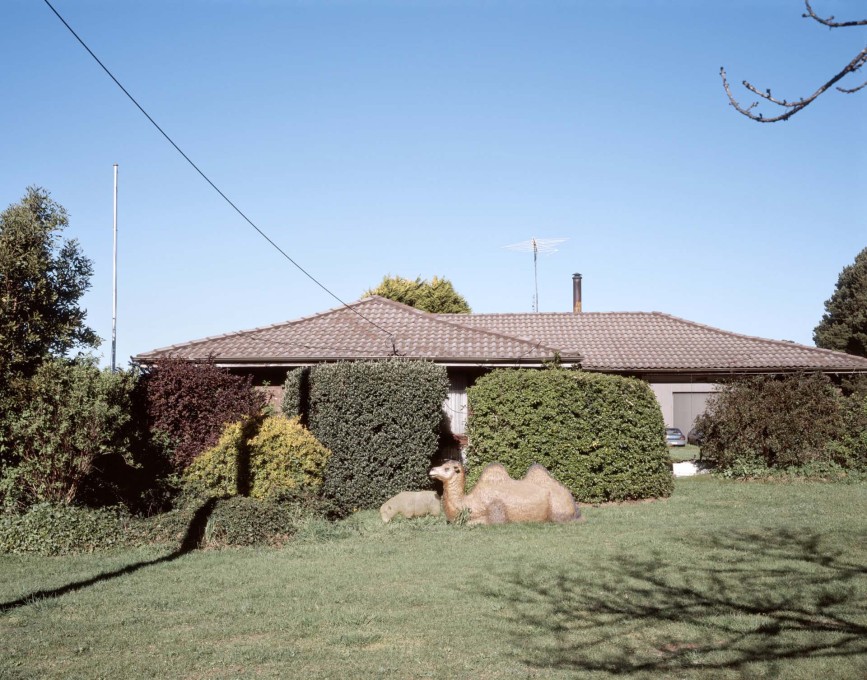
What part of Australia fascinates you that you have not yet really had a chance to explore?
Having mostly travelled to places along Australia’s extensive coastline, the seemingly never-ending vastness of the country beyond fascinates me. Endless horizons with blazing blue skies. The wind, the trees, the rocks all convey countless stories of an often forgotten and neglected Indigenous past. There is something deeply concerning about Indigenous history and the way the landscape is harvested for its natural resources.
Where next? What project do you have in the pipeline?
Apart from working on Austraphobia, advancing it to a state where it can have a physical vessel, I am intensifying my connections in the architecture industry both in Europe and Australia with the aim to further work on a global scale.
On my last trip to Venice I created a body of work dealing with the intense over-saturation of tourists within the city and the way an environment becomes an almost replaceable surface when attention is drawn from the place to the individual. I am in the process of editing the work and conceptualising possible frameworks for its launch.
– Interview by Sophie Lovell




